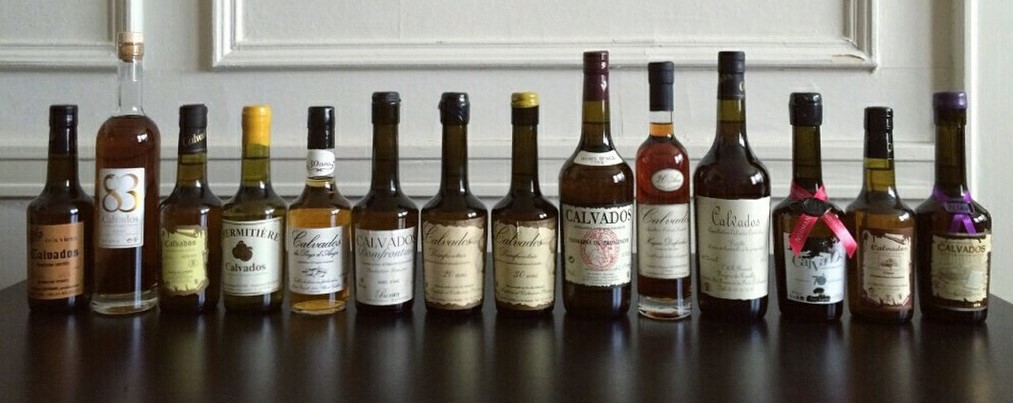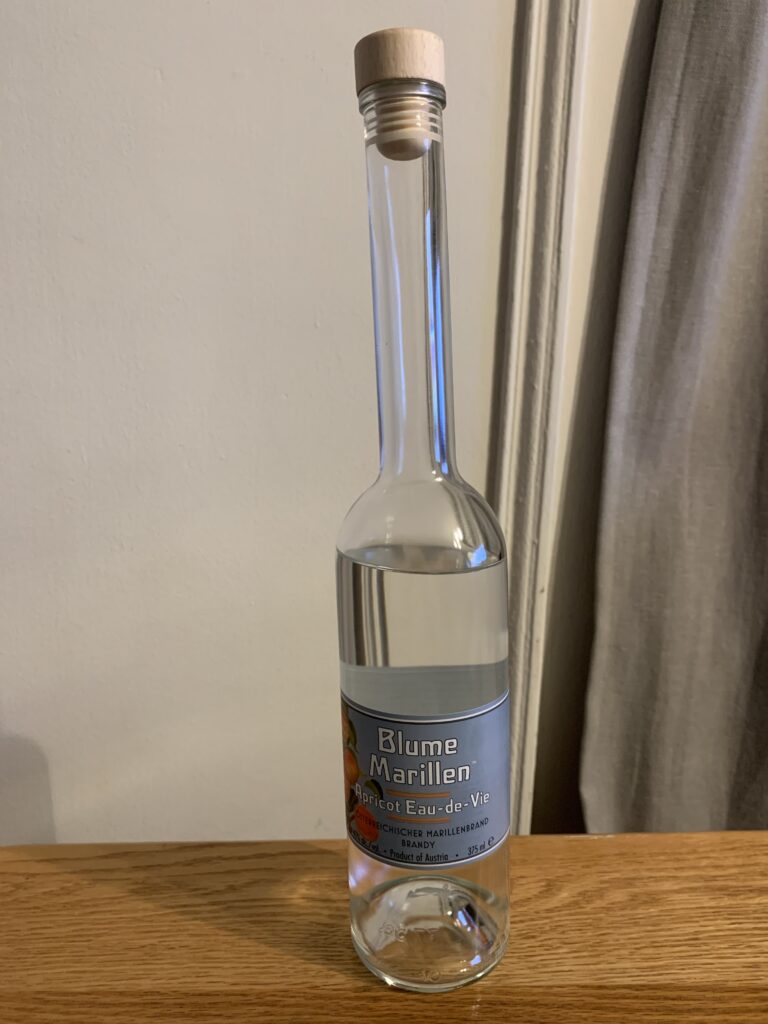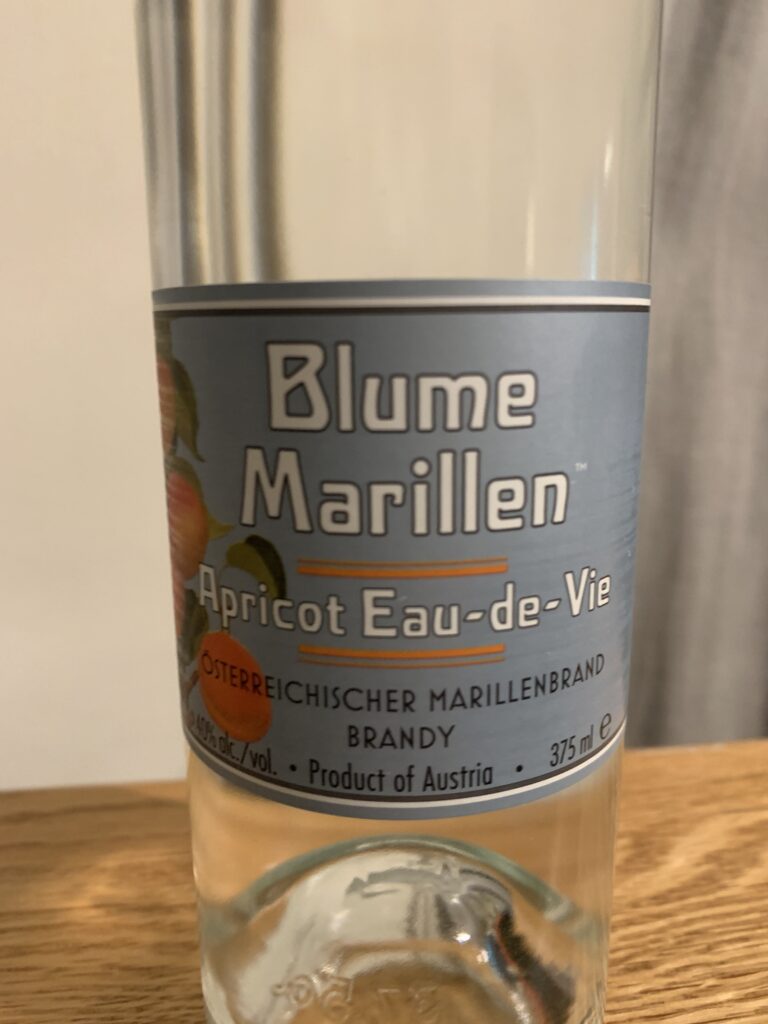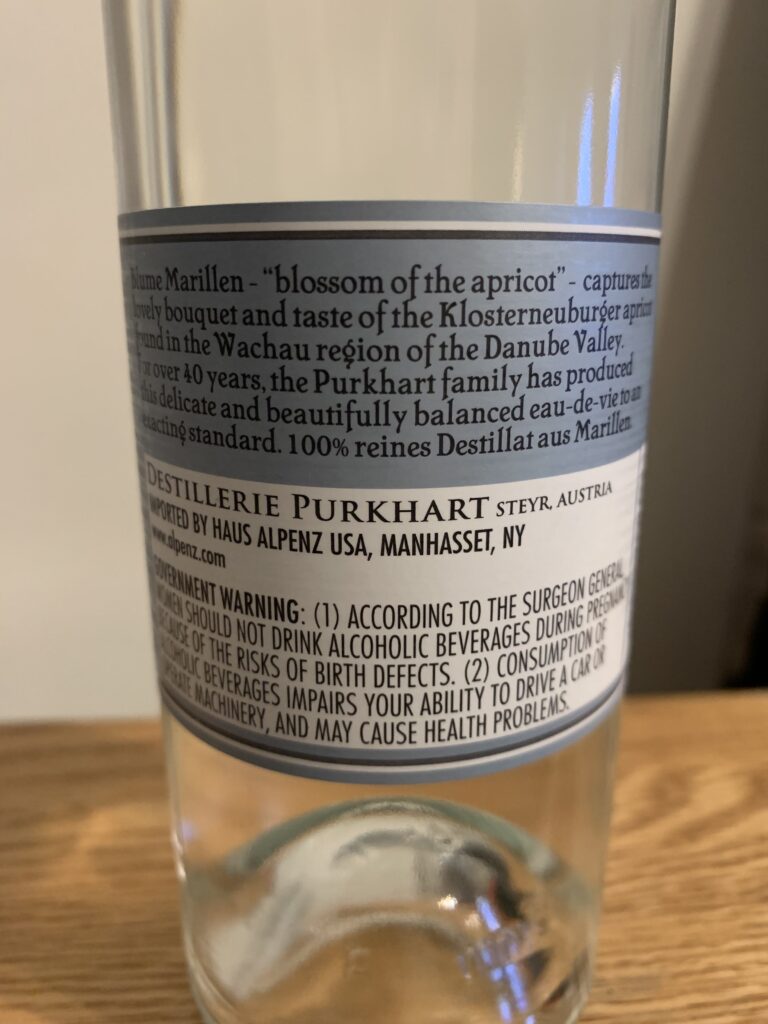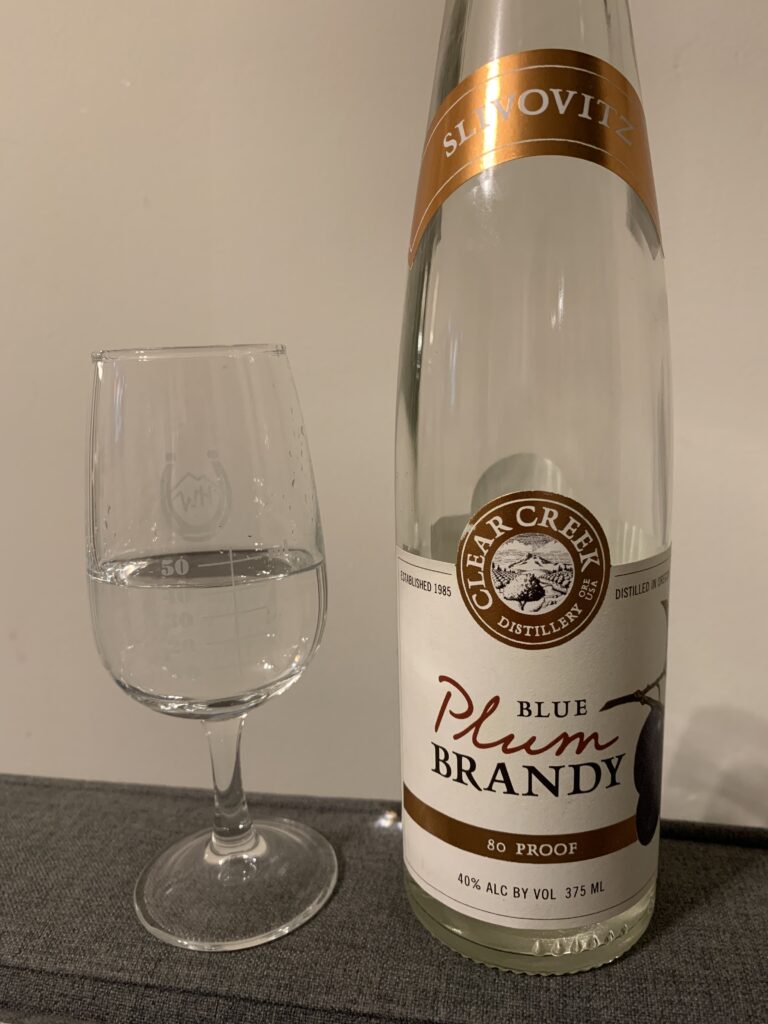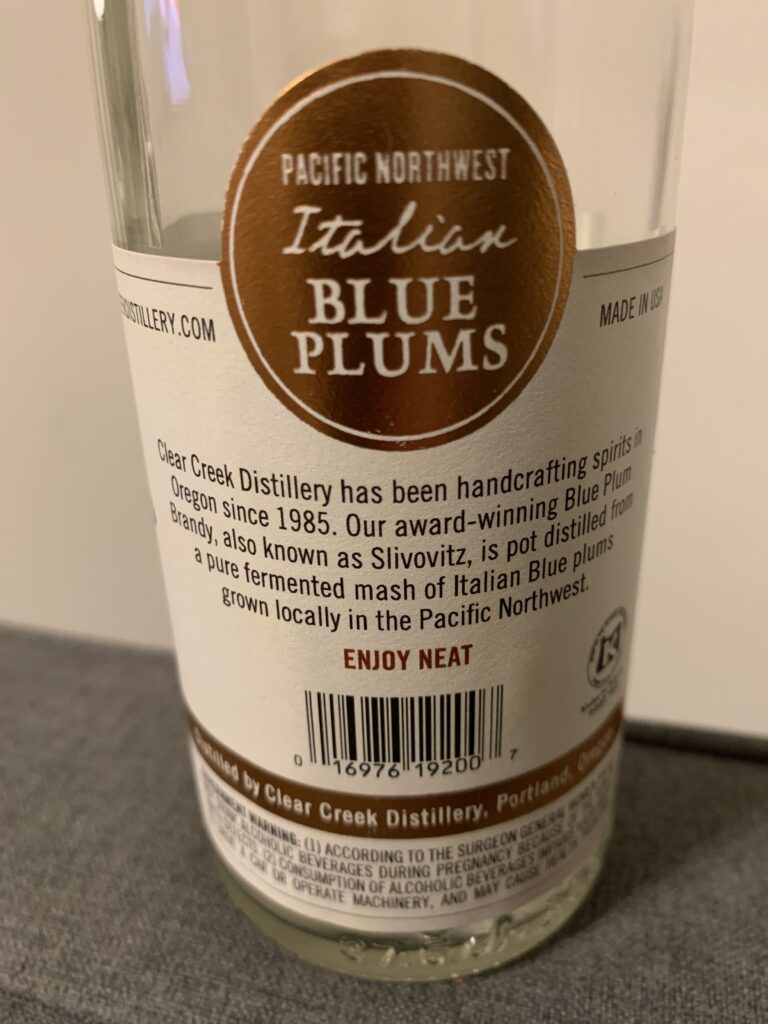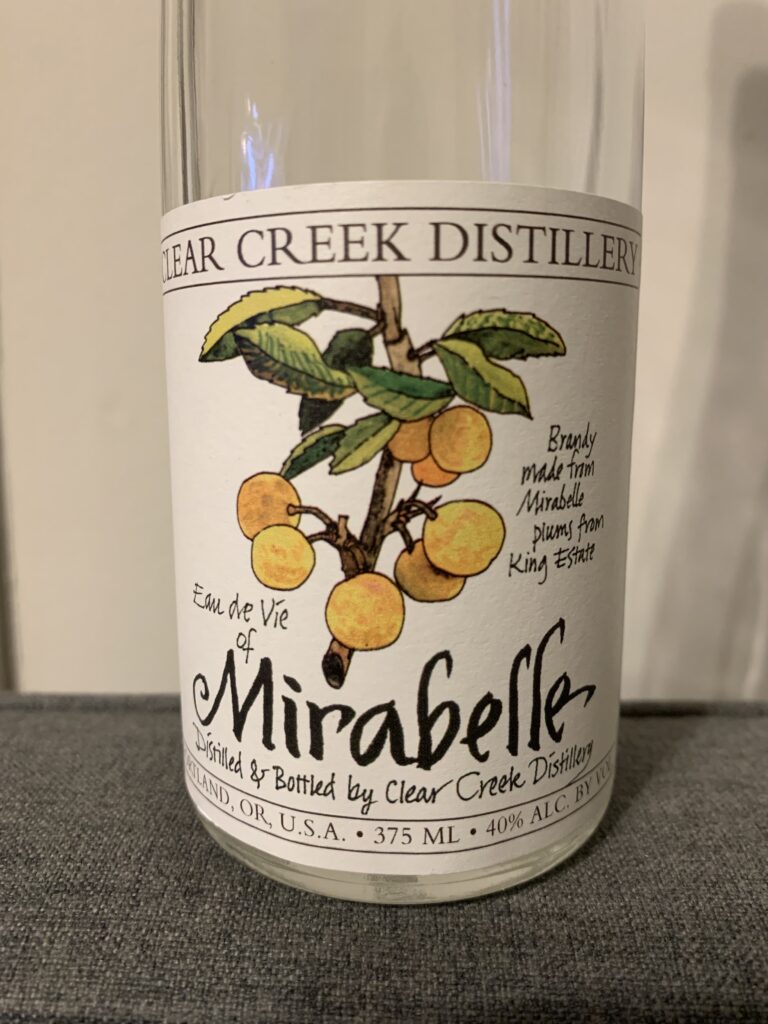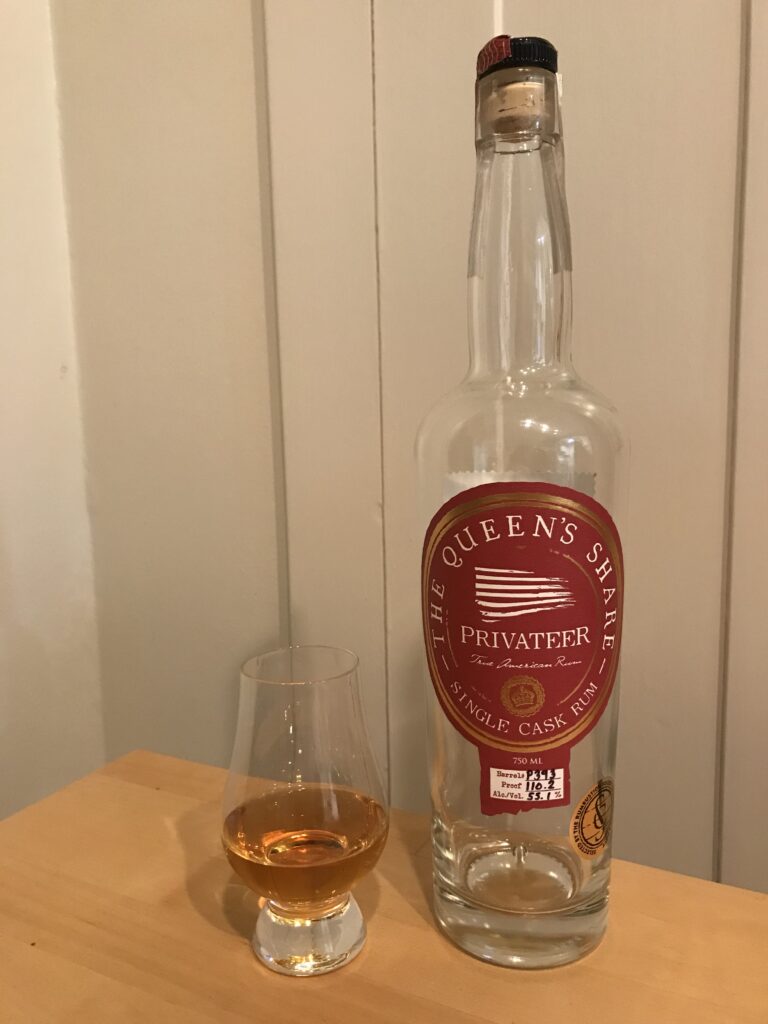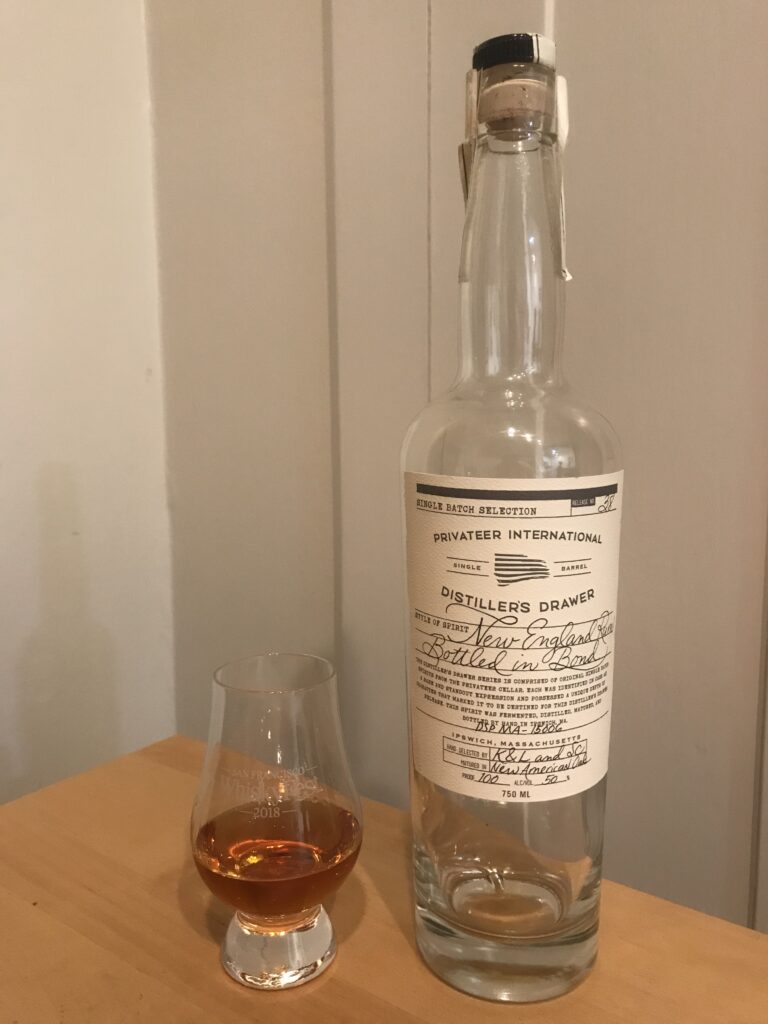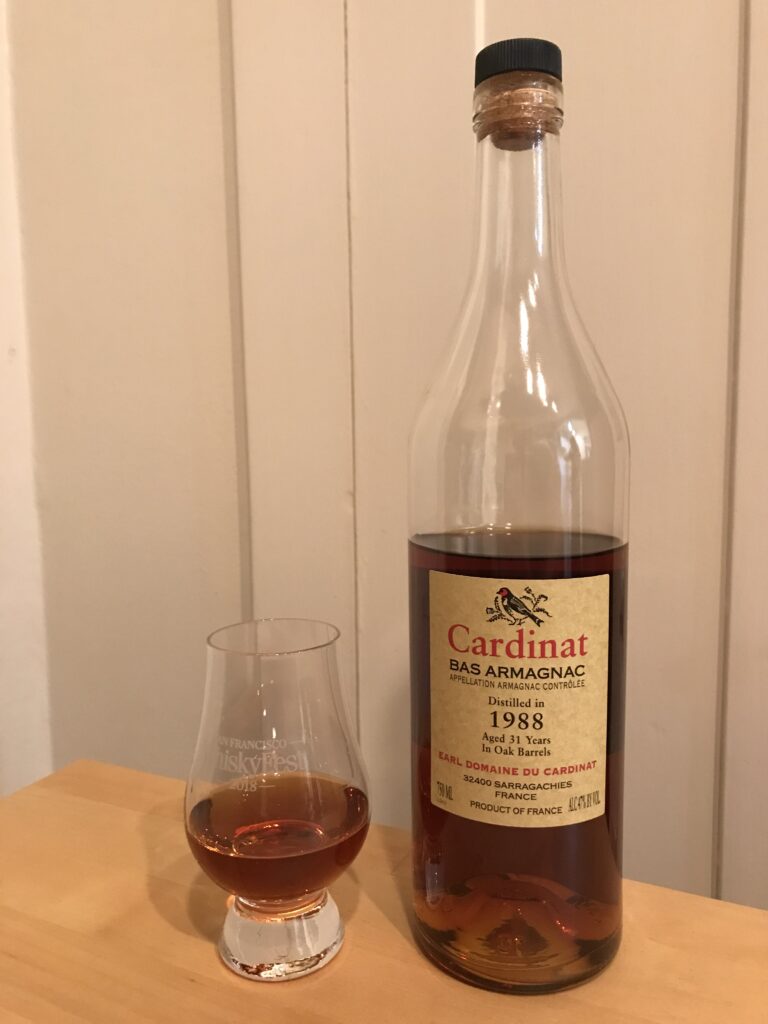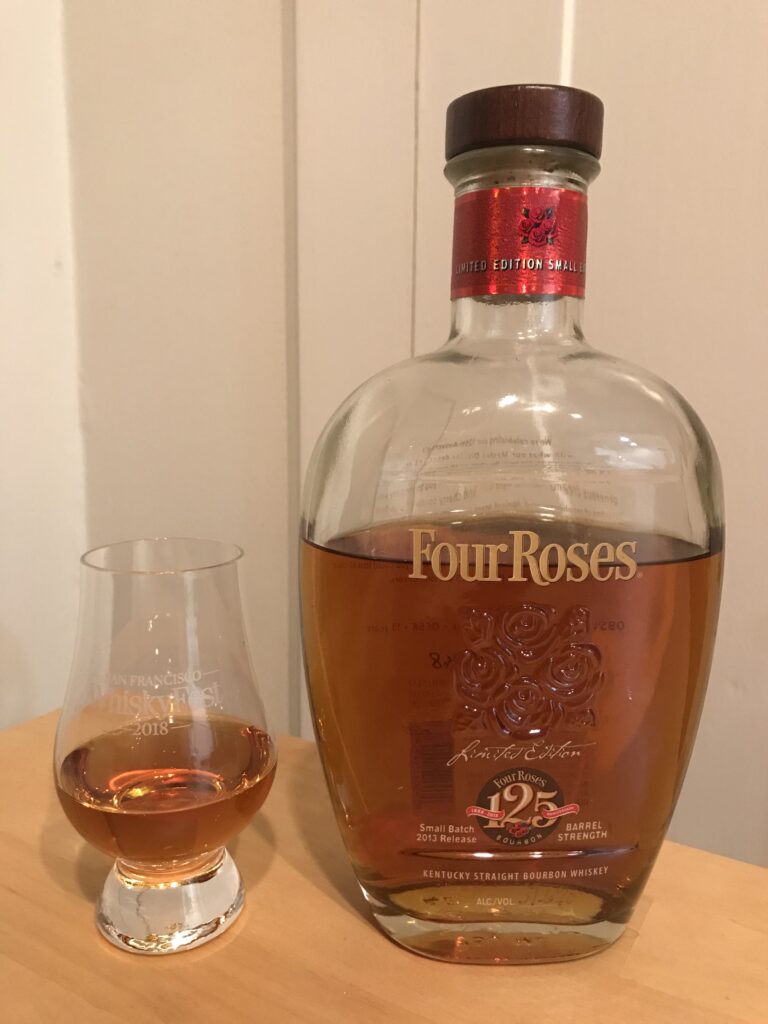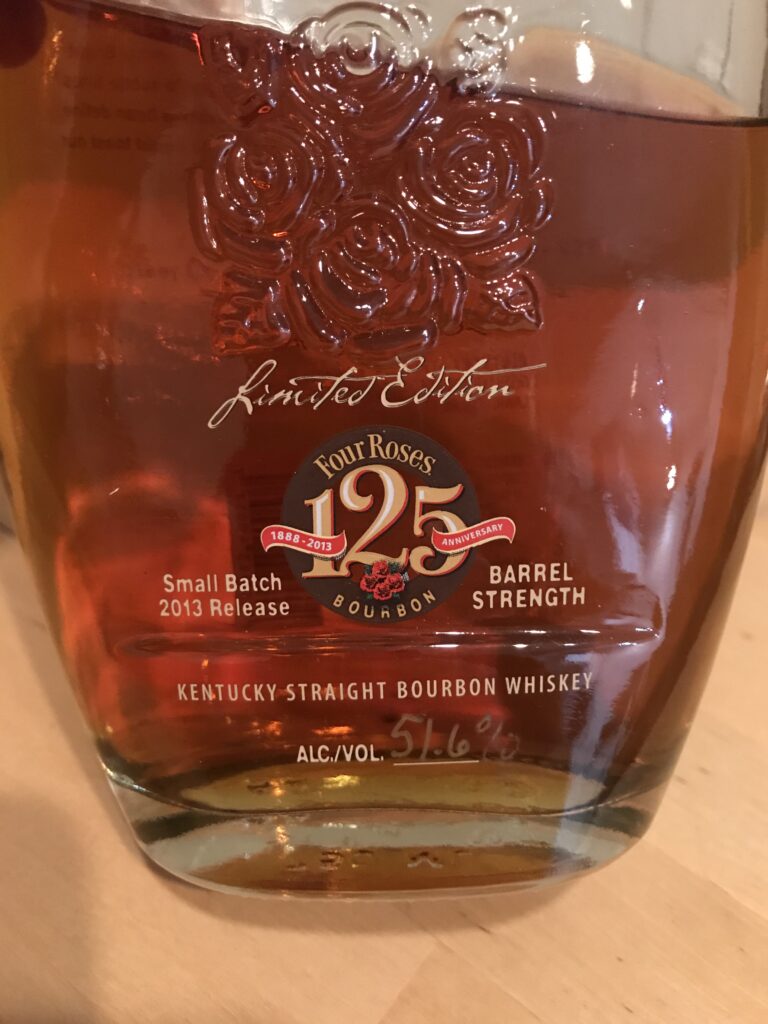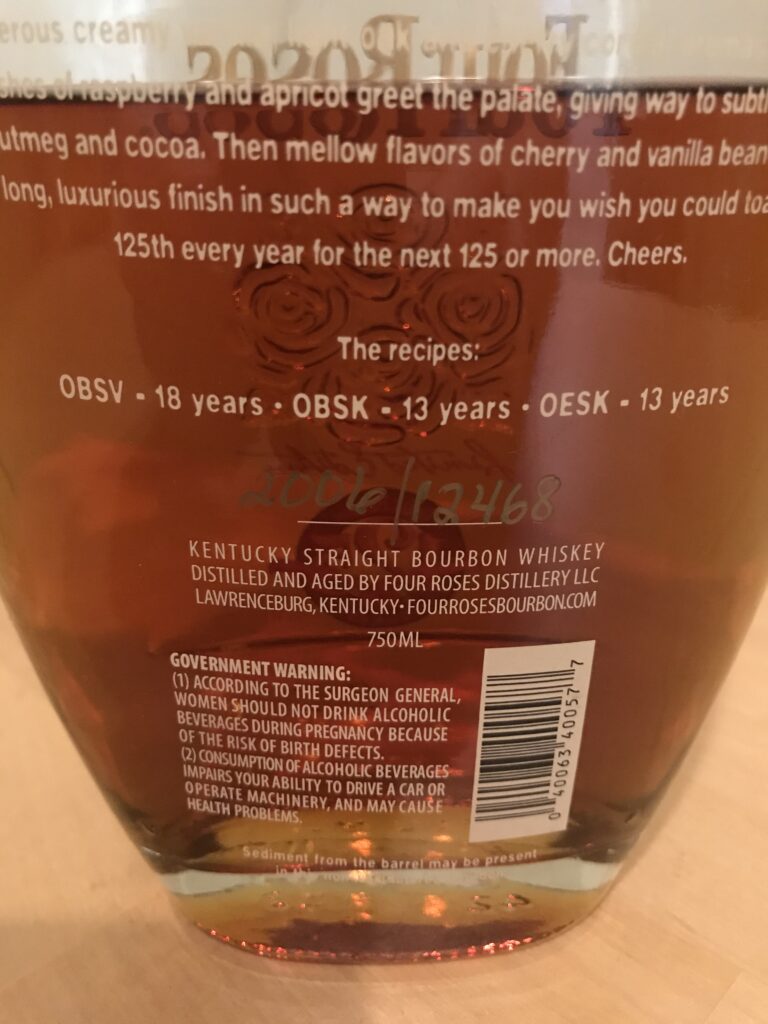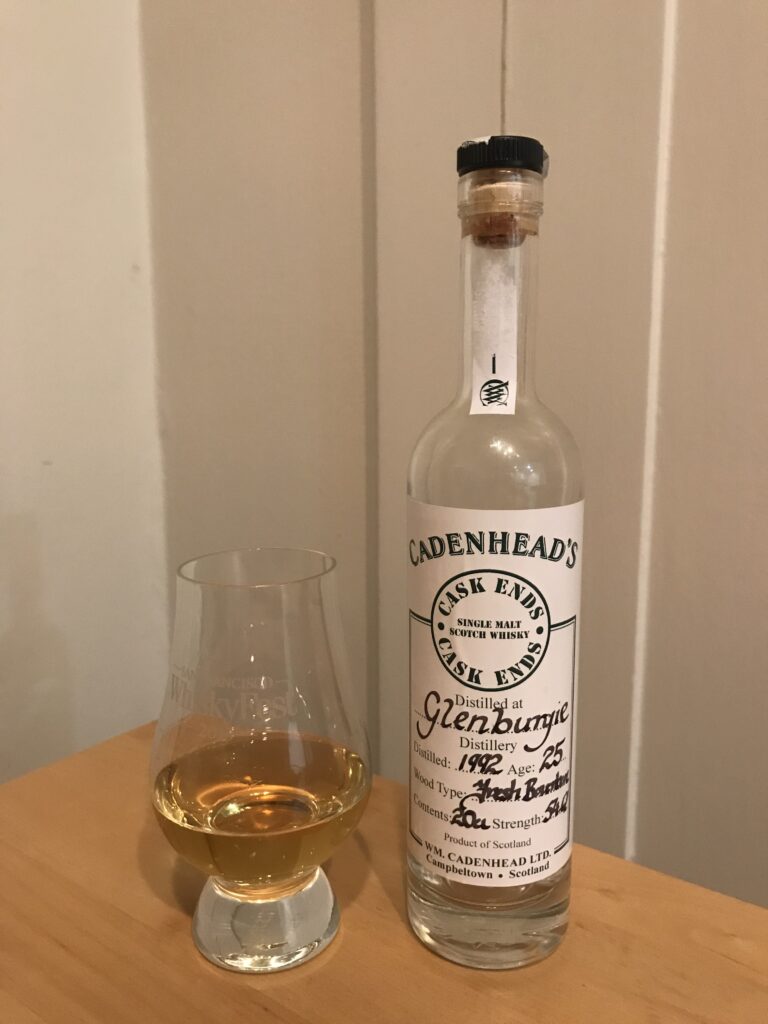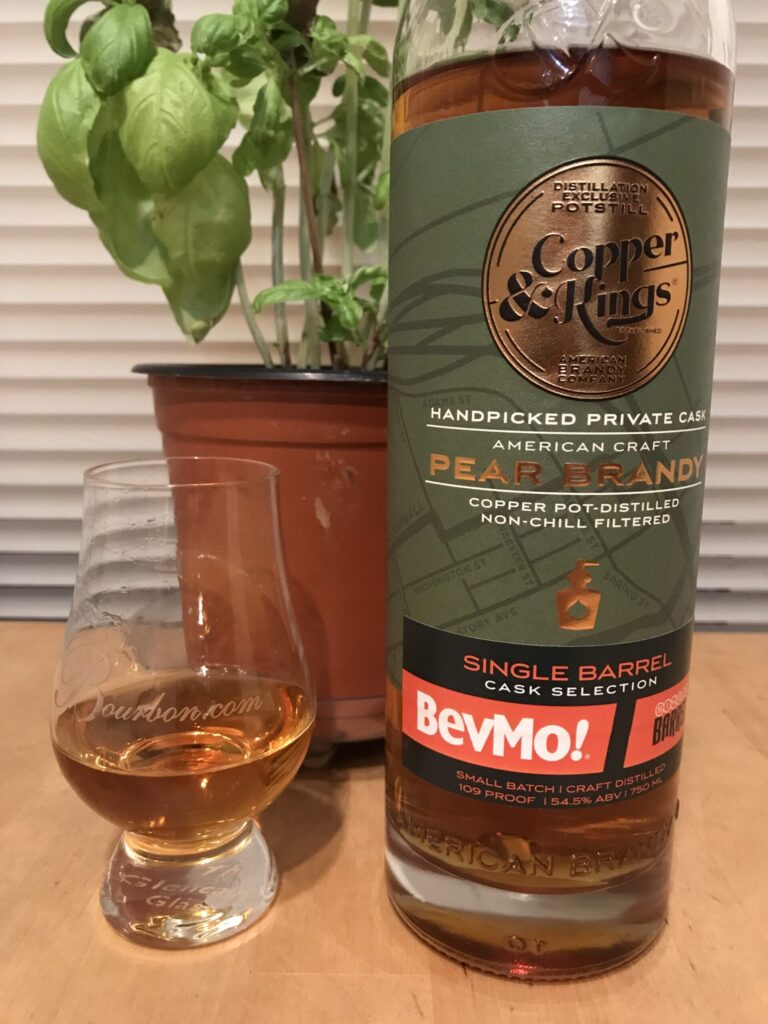Happy Halloween, or as others know it, the final day of eau-ctober. I couldn’t find a pumpkin eau-de-vie so I settled for another orange fruit: apricot. This is the second in a series of two apricot eau-de-vie reviews, both from Austria. Next year I’ll have to review apricot spirits from elsewhere in Europe.
Reisetbauer produces a wide range of spirits distilled from malt, fruit, and even carrot, and all seem to be fairly well-regarded. Their website states that it takes 15g of apricots to produce one liter of brandy, which is roughly 3x what the Blume said they require. In theory this should produce a spirit that does an even better job of capturing the apricot flavor than the Blume did.
Smell: One sniff and it’s apparent this is an entirely different animal than the Blume. Not necessarily better or worse, but very different. It is incredibly pungent with sharp notes of fresh lemon verbena, lime, and Thai green mango salad. It has an almost absinthe quality to it. Initially there are some raw ethanol notes that blow off with some airtime.
Taste: Lemon and herbs once again. There are some accompanying fruity flavors as well, including apricot, but the lemony herbal thing is really what stands out. Is this a delightful new flavor of Ricola? It should be. Mouthfeel is medium.
Finish: The lemon becomes less herbal and more like candied Meyer lemon peel. There is also fresh cinnamon.
Overall: This doesn’t really scratch my apricot itch but it is unique and tasty. How these flavors came from apricots is beyond me. I would love to eat whatever apricot they used to make this, it is probably much different than the varieties grown near me (and perhaps not really intended for fresh eating at all).
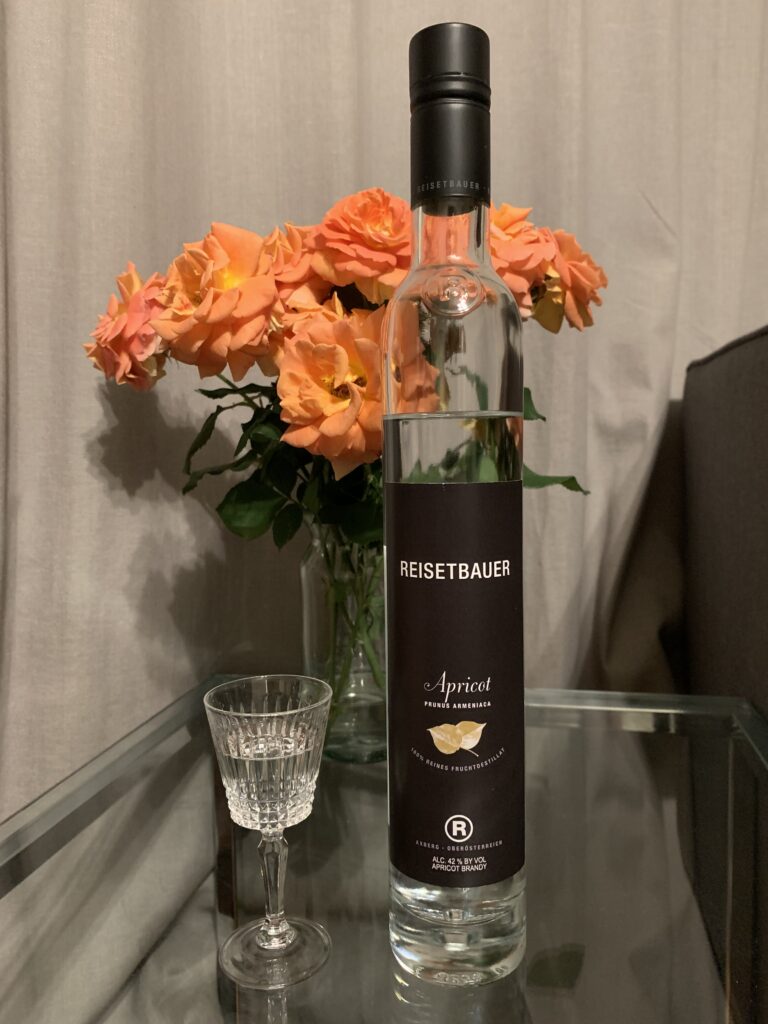
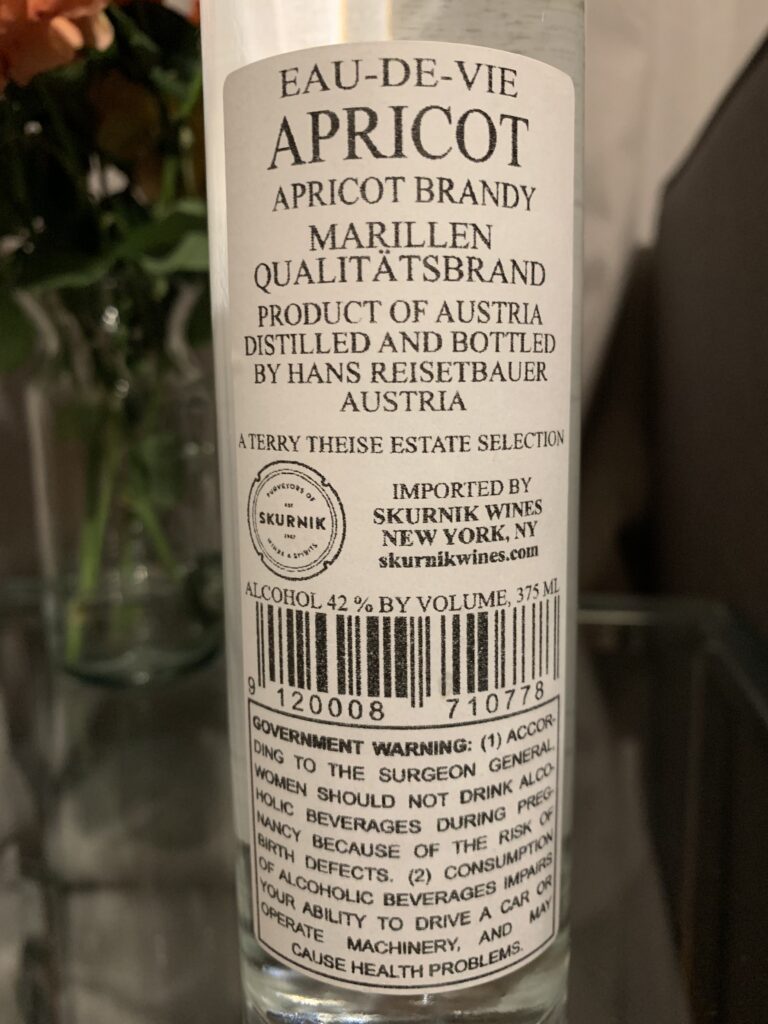
Spirit Type: Eau-de-vie
Proof: 84
Vintage:
Age: 0
Cask Type: None
Rating: B
